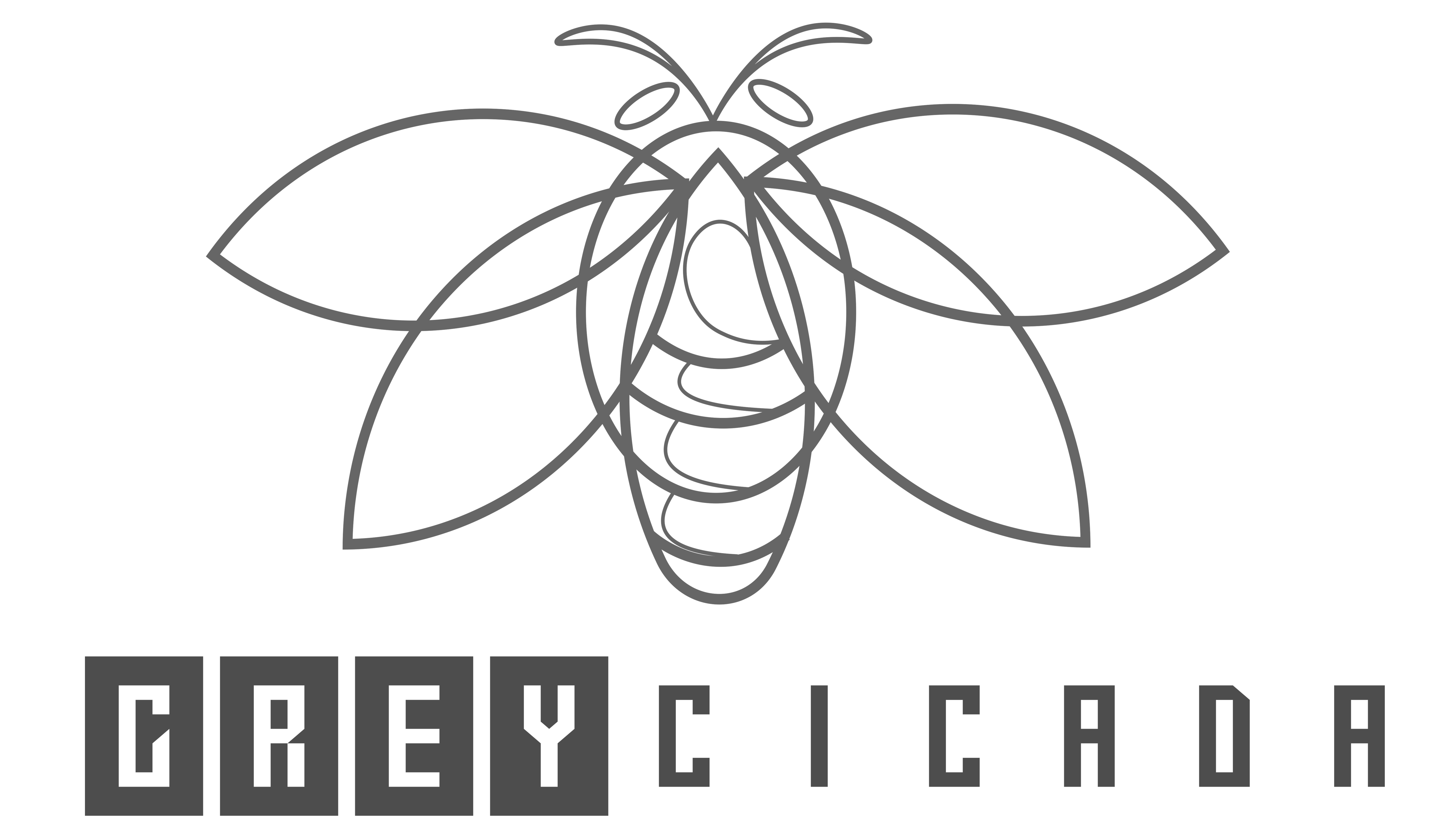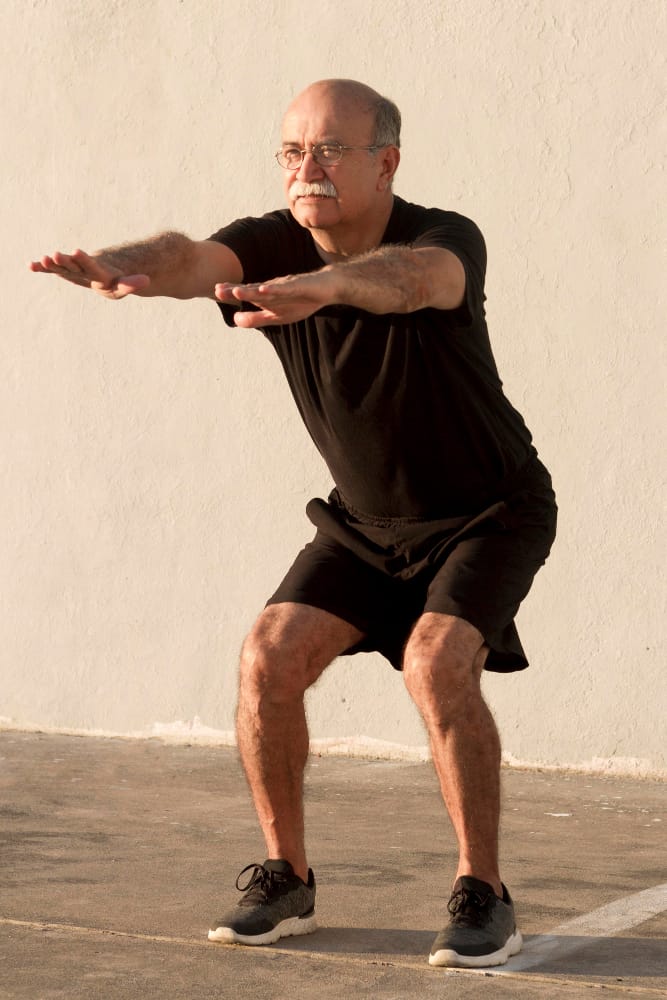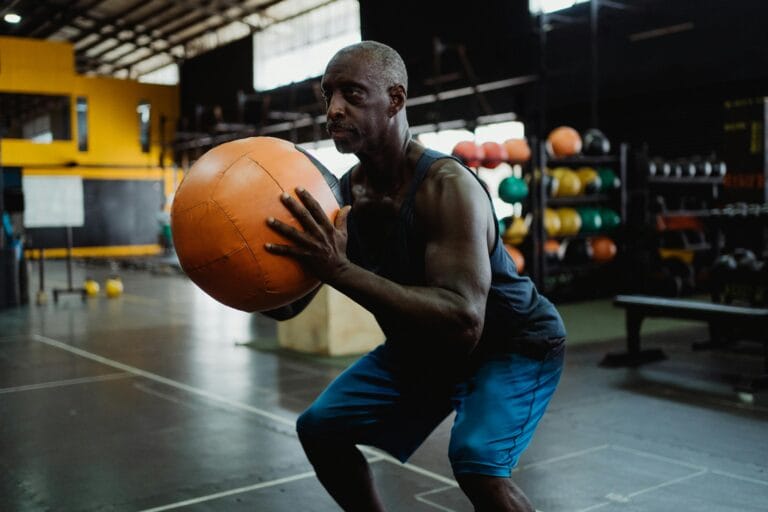FREE SHIPPING OVER $50
The Hidden Muscle-Building Zone Most People Ignore—And Why It Matters More Than Your Workout

We have been conditioned to believe that muscle growth happens under the iron—that the hour spent lifting heavy weights in the gym is the primary, defining factor in building a better body. We track sets, count reps, and push ourselves to failure, only to get frustrated when the expected gains fail to materialize. This focus on the workout itself is a major, common mistake that leads to wasted energy and disappointing results for millions of fitness enthusiasts.
The truth is that the actual work of muscle building does not happen while you are lifting weights. It happens in the Hidden Muscle-Building Zone—the 23 hours a day you spend outside the gym. This overlooked zone, comprising high-quality recovery, deep sleep, and targeted nutrition, is where your muscles repair, adapt, and grow larger. By ignoring this critical period, you are essentially damaging the house and then refusing to give the builders any material to fix it. Understanding why this recovery zone matters more than your workout is the single most important secret to unlocking serious, sustainable muscle growth (hypertrophy).
Why the Workout is the Destruction Phase, Not the Growth Phase
To grasp the importance of the Hidden Muscle-Building Zone, you must first change your perspective on what a workout actually does.
The Workout: Creating Micro-Tears
When you lift a heavy weight, you are essentially creating controlled trauma. The mechanical tension and metabolic stress cause micro-tears in your muscle fibers. This process is necessary, as it signals to your body that your current muscle is not strong enough to handle the workload.
- The Signal: This breakdown process triggers an inflammatory and hormonal cascade. However, the muscle has not grown yet; it has only been damaged.
- The Problem: Many people finish their workout and consider the job done. They then undermine the entire process by moving straight into a state of stress or neglect, failing to provide the essential conditions for the body to start the crucial rebuilding phase.
The Hidden Zone Revealed: The Three Pillars of Anabolic Recovery
The real magic happens when your body enters the anabolic state—the building phase. This requires three essential pillars, all of which occur outside the gym.
Pillar 1: Sleep (The Hormone Factory)
Deep sleep is arguably the most powerful component of the Hidden Muscle-Building Zone.
- The Release: It is during deep Slow Wave Sleep (SWS) that your body secretes the largest pulse of Growth Hormone (GH). GH is the body’s master repair hormone; it triggers the release of IGF-1 (Insulin-like Growth Factor 1), which directly tells muscle cells to grow and repair.
- The Consequence: Missing even one hour of quality sleep drastically reduces your GH pulse, essentially limiting the most powerful muscle-building signal you possess. If you consistently sleep poorly, you are wasting your workouts.
Pillar 2: Post-Workout Nutrition (The Building Blocks)
Your muscles cannot repair without the correct raw materials supplied immediately and consistently.
- Protein Synthesis: Protein is the fundamental building block. Consuming a high-quality protein source (like whey, casein, or meat) provides the necessary amino acids to kickstart muscle protein synthesis (MPS)—the process of repairing and rebuilding muscle fibers larger and stronger than before.
- Glycogen Replenishment: Carbohydrates, especially after an intense workout, replenish glycogen stores in the muscles. This is not just for energy; it creates a volumized, hydrated state within the cell that is conducive to muscle growth.
Pillar 3: Stress Management (The Cortisol Regulator)
Chronic life stress is a silent killer of muscle growth because it elevates cortisol, the primary catabolic hormone.
- The Catabolic Threat: Cortisol is released in response to physical or psychological stress. Its job is to break down tissues (including muscle) to mobilize energy (glucose). High cortisol directly counteracts the anabolic (building) signals released after your workout.
- The Solution: Techniques like meditation, light stretching, or even a simple walk can lower cortisol levels, helping your body transition back into the favorable anabolic state necessary for growth.
The Biggest Mistakes Made in the Hidden Zone
Most fitness enthusiasts sabotage their hard work by failing one or more of these three pillars.
Mistake 1: Ignoring the Protein Spacing
Simply hitting your total protein goal is not enough for optimal muscle building. Your body can only absorb and utilize a certain amount of protein for muscle protein synthesis in one sitting (roughly 20-40 grams, depending on the person).
- The Fix: Dietitians recommend spacing your protein intake throughout the day—aiming for 4 to 6 servings of 25-35 grams of protein every 3 to 4 hours. This constant supply keeps MPS running high all day.
Mistake 2: The Weekend Sleep Debt
Many people try to make up for poor weekday sleep by sleeping in on the weekends. While catching up on rest is helpful, this irregular sleep pattern confuses your circadian rhythm.
- The Fix: Prioritize consistent bedtimes and wake times, even on weekends. Consistent sleep schedules optimize the timing and quantity of GH release, maximizing the anabolic repair period.
Mistake 3: The Recovery Zero
Failing to schedule active recovery leads to accumulated inflammation and soreness that inhibits your next workout.
- The Fix: Active recovery (light walking, foam rolling, gentle stretching) increases blood flow to the damaged muscles, helping clear metabolic waste products and deliver fresh nutrients. A zero-activity day is not always the best way to recover.
Why Recovery Matters More Than Your Workout
It sounds counterintuitive, but recovery is more critical than your workout volume. If you lift for two hours but sleep for five, you will build less muscle than someone who lifts for 30 minutes and sleeps for eight.
The Over-training Trap
If you constantly stress your body (through lifting, high cortisol, and poor sleep) without adequate anabolic time, you enter an over-trained state.
- The Cycle: Over-training leads to elevated cortisol, chronic fatigue, and depressed testosterone and GH levels. This catabolic environment means your body is breaking down muscle faster than it can rebuild it, effectively reversing your gains.
The Power of Adaptation
Muscle growth is an adaptation to stress. If the adaptation signal (GH, MPS) is strong and the repair materials (protein, energy) are available, the muscle must grow. It is the quality and consistency of the Hidden Muscle-Building Zone that dictates the quality and speed of this adaptation.
Final Thoughts
To finally stop wasting your workouts and achieve the muscle growth you desire, you must shift your focus from the hour you spend in the gym to the Hidden Muscle-Building Zone—the 23 hours of recovery. By prioritizing the three pillars of anabolic health—consistent, deep sleep for Growth Hormone release; strategic protein spacing for Muscle Protein Synthesis; and effective stress management to regulate cortisol—you give your body the non-negotiable conditions it needs to repair and build stronger muscle. This is the surprising truth that separates those who make rapid gains from those who spin their wheels year after year.
Related Articles
- I Sat Like This for 10 Days—The Painful Truth About What It Did to My Spine
- Over 40? These 5 Warm-Up Mistakes Are Killing Your Gains—Here’s What to Do Instead
- I’m a Weightlifting Coach—Here’s the One Lower-Body Move I Recommend Instead of Lunges
- Sitting Too Much? This One Move Reverses the Damage and Slows Aging, Say Experts
- Over 60? These 3 Exercises Rebuild Strength, Boost Energy, and Keep You Feeling Young



